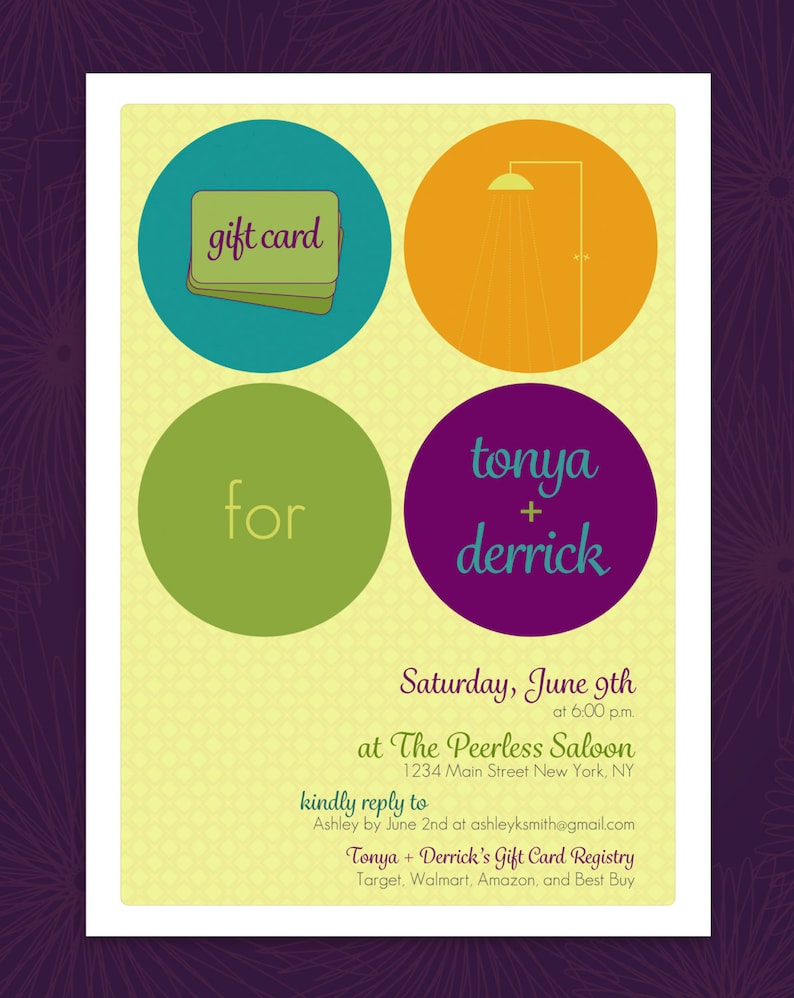Although they might seem comparable, etching and engraving differ in their methods and results. Understanding these processes is necessary for any type of firm seeking to customize glass items.
Laser etching usages concentrated heat to thaw the mini surface of your material, developing recessed markings that withstand damages and can be reviewed under severe problems. It's suitable for points that need to be deducible, like commercial parts.
Aesthetic appeals
Etching and etching both produce resilient, tactile designs that attract attention on the glass surface. They are excellent for tasks that call for a fine-tuned, stylish appearance.
Laser etching can be made use of to etch glass, however it requires a safety finishing or shield to stop warm damage to the glass. A specialized spray or covering is available for this objective and can be related to thin glass to reduce fracturing or damage during the inscribing process.
It's also feasible to etch glass by hand using a rotary tool. This strategy is lengthy and labor-intensive, but it can produce high-grade outcomes when carried out correctly. Make certain to use safety and security equipment like goggles and a respirator mask to shield on your own from dust and particles. You can start by attracting your style on the glass with a pen, then insert the rotary tool and gradually follow your design to engrave it into the glass. After the engraving is total, gently get rid of any type of continuing to be dirt or residue.
Adaptability
The engraving procedure provides a wide range of applications for glass items. It is highly flexible and can be used on various materials and densities of glass. It is also really specific and creates thorough, high-contrast styles on the glass surface area. It can be utilized on both flat and curved surface areas.
Glass engraving is a prominent choice for glass products like wine bottles, building partitions, and spa decoration. It creates a soft and refined style that is not as recognizable as etching, making it an outstanding alternative for ambient looks.
To reduce warm stress on thin glass, use a protective material like covering up tape or a wet paper towel to the surface prior to laser engraving. This takes in and spreads laser energy to minimize local heating and protect against cracking. Conversely, layer the glass with a light cleaning agent or dishwashing soap can likewise be an efficient pre-coating. Just bear in mind to cover only the laser-contacting face of the glass with these moisture-absorbing pre-treatments.
Resilience
Laser glass inscription produces deep, permanent markings that are durable and aesthetically striking. It's suitable for creative or light business functions that require a sleek look. Inscription needs specific and regulated handling of the glass to prevent warmth damage and cracking. Thin or fragile glass can be much more at risk to modern engraved glass trends the high-contrast impacts of laser inscription, making it vital to keep track of the procedure carefully for signs of overheating and breaking.
Etching uses a diamond-tipped device to cut into the surface area of the glass, developing a distinctive mark that's much less aesthetically striking than laser etching. It's an usual selection for applications where a frozen effect is preferred, such as decorative glass home windows and tailored gifts. Like laser engraving, etching is highly accurate and perfect for logo designs and various other in-depth imagery. Evergreen Glass uses state-of-the-art laser tools adjusted for ideal performance to attain etching and etching with outstanding accuracy. For added peace of mind, our equipments include built-in security features that make certain secure procedure.
Cost
Glass etching involves making use of chemical options to produce a design. While this strategy is not as accurate and efficient as laser etching, it is still a superb option for artisanal glasswork, which can be a fantastic way to boost a special occasion present or celebratory piece.
For the very best outcomes, it is important to examine a sample piece of glass prior to applying any kind of etching lotions. Different types of glass might react in different ways to the chemicals. Some will etch really swiftly while others might take a lot longer. Sometimes, an item of glass may also stop working to etch in any way!
Laser engraving includes the use of a computer-guided system, commonly described as a CNC (Computer System Numerical Control) maker, to route a concentrated laser beam at the surface area of the glass. This process needs a high-level of technological skill and creative thinking. It is an efficient way to inscribe elaborate patterns on large projects with high degrees of precision.
